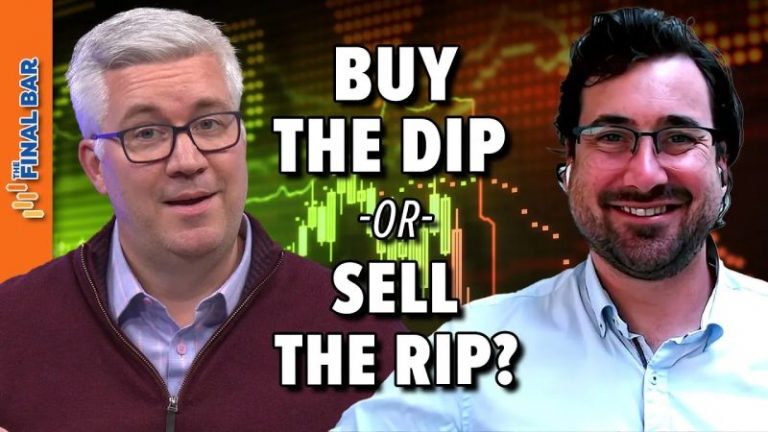In the ever-evolving world of finance and investing, one common dilemma that traders and investors face is whether to buy the dip or sell the rip. This age-old question reflects the ongoing battle between market corrections and rallies, and the challenge of making informed decisions amidst market volatility. Let’s delve into the intricacies of these strategies and explore how they can be approached in today’s dynamic financial landscape.
Buying the dip is a strategy that involves purchasing assets when their prices have experienced a temporary decline or dip. This approach is based on the belief that the asset’s value will eventually bounce back and potentially yield profits in the long run. Proponents of buying the dip often view market corrections as buying opportunities, allowing them to acquire assets at a discount compared to their recent highs. However, this strategy requires patience and a long-term outlook, as it may take time for the asset to recover its value.
On the other hand, selling the rip involves capitalizing on market rallies or upward price movements by selling assets at their peak. This strategy aims to lock in profits before a potential downturn or correction occurs, mitigating the risk of holding onto assets that may lose value in the short term. Traders who follow this approach are often focused on maximizing short-term gains and managing risks by adopting a more active trading style.
When deciding whether to buy the dip or sell the rip, it is essential to consider various factors that may impact asset prices and market trends. Fundamental analysis, technical indicators, market sentiment, and macroeconomic factors can all play a role in informing trading decisions. Understanding the broader market context and having a clear risk management strategy are crucial for navigating the complexities of financial markets effectively.
In today’s fast-paced and interconnected financial ecosystem, the advent of digital platforms and algorithmic trading has transformed the way investors approach buying the dip or selling the rip. Automated trading systems, high-frequency trading algorithms, and machine learning models are increasingly shaping market dynamics and influencing trading strategies. Traders and investors must adapt to these technological advancements and leverage data-driven insights to make informed decisions in real-time.
Ultimately, whether to buy the dip or sell the rip depends on an individual’s risk tolerance, investment goals, and market outlook. Both strategies have their merits and drawbacks, and the key to successful trading lies in understanding the market landscape, staying informed about market developments, and executing well-thought-out strategies based on sound analysis.
In conclusion, the age-old debate of buying the dip or selling the rip continues to resonate with traders and investors worldwide. By understanding the nuances of these strategies, staying abreast of market trends, and adopting a disciplined approach to trading, individuals can navigate the complexities of financial markets and potentially achieve their investment objectives in an ever-changing investment landscape.



